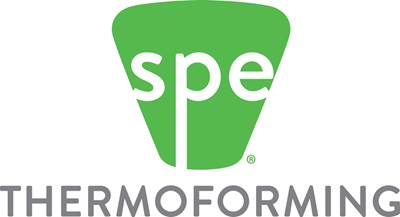best practices
How to Use 'Mapping' to Troubleshoot Blown Film Problems
Three real-world case studies show how processors solved common problems in blown film via the mapping technique.
Read MoreStrike the Right Balance in Process Cooling to Improve Product Quality & Profitability
Weigh planning methodology and today’s technology to cost-effectively address your process-cooling needs.
Read MoreHow to Avoid Unpleasant Surprises in Size Reduction
Size-reduction equipment doesn’t get much attention unless there’s a problem or an entirely new application challenge. So when it’s time to repair or upgrade, take these steps to avoid any unpleasant surprises.
Read MoreFollow These Steps to More Efficient Central Pneumatic Conveying
Depending on when you bought and installed it, there are ways to tweak your central pneumatic conveying system to improve its performance and save you some money.
Read MoreHow to Deal With Residual Stress in Molded Parts
Here are design, molding, and fixturing considerations to help you handle this unavoidable issue.
Read MoreSPE Adds New Categories for Thermoformed Parts Competition
Two new categories this year are parts produced with recycled/sustainable materials and those made using automation and new technology.
Read MoreBarrier Screws: Not All Are Created Equal
Let’s take a deep dive into parallel and crossing types and see where each fit in.
Read MoreProcessors Taking Pragmatic Approach to Industry 4.0
Recent survey reveals that processors evaluate any new technology—including Industry 4.0—by its contribution to improving operations and shop-floor productivity.
Read MoreHow to Manage Pressure Loss in Injection Molding
Achieving a process window wide enough to ensure consistent part quality depends on achieving sufficient pressure at end of fill.
Read MoreHow the Right Granulator Helps You Get the Most Out of Your Material
Not all granulator designs are the same, so which one is right for your application? The one you have today may have been purchased for an entirely different application and may not be best suited to your needs. Here are some things to think about that can help you decide what’s best for you.
Read More


















